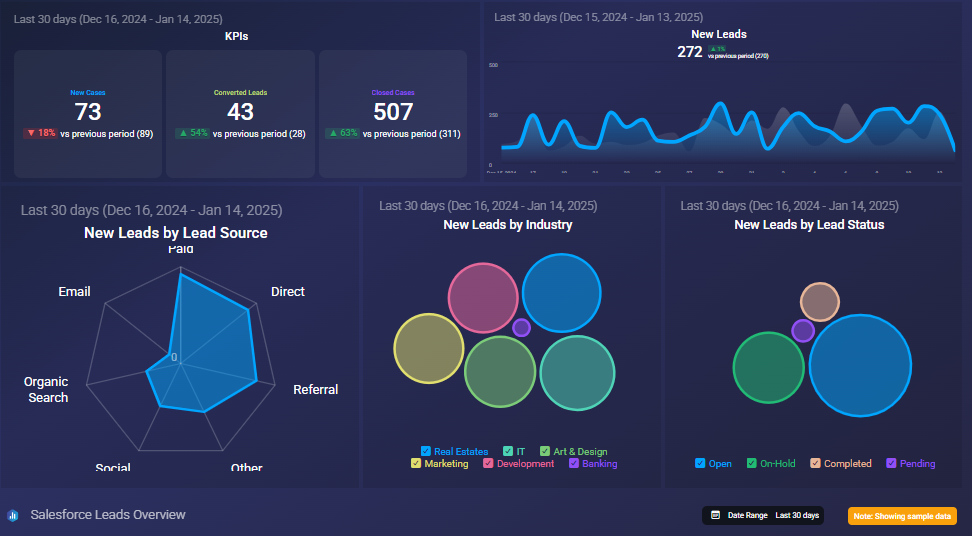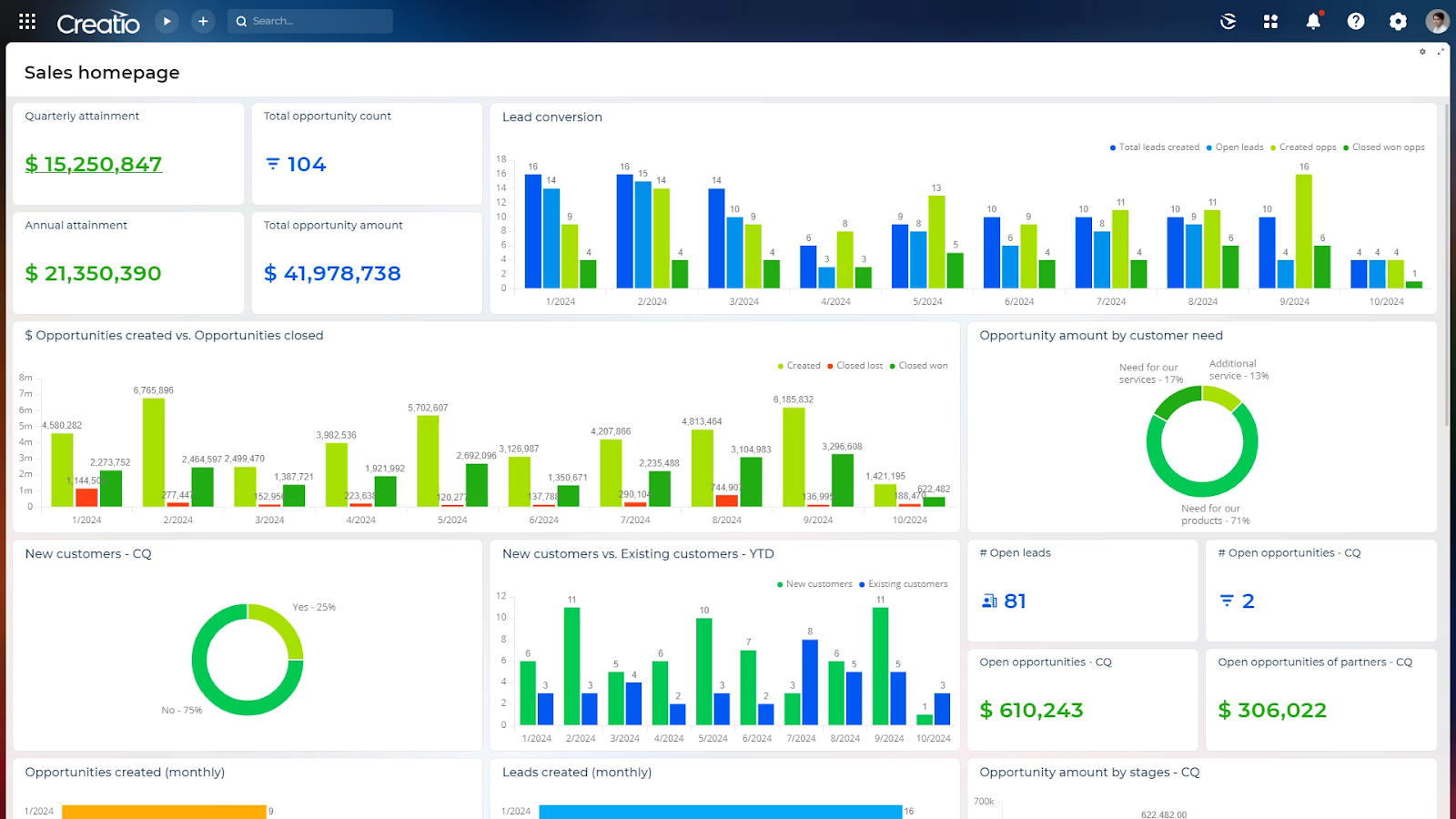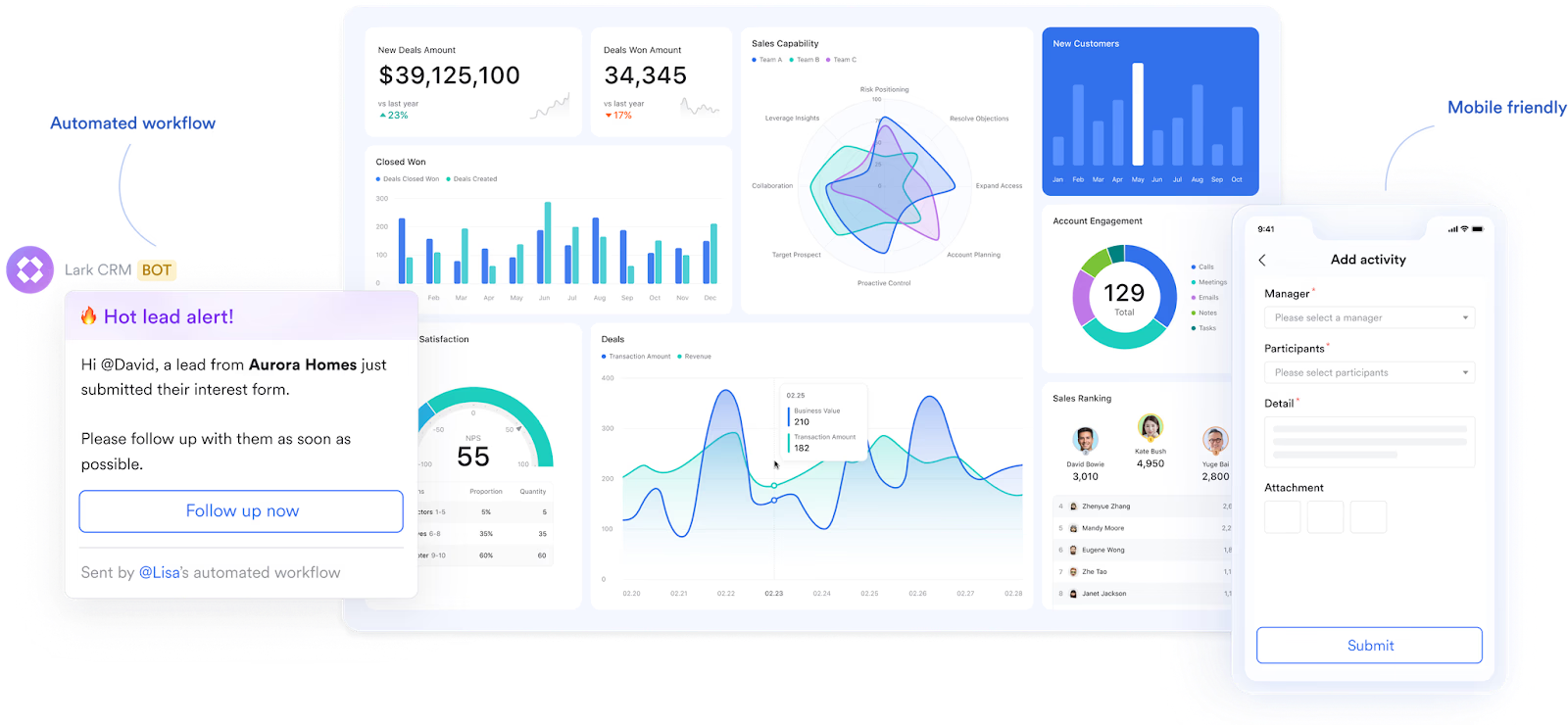In 2025, enterprise sales teams aren’t limited by effort, they’re limited by insight. As customer journeys grow more complex and competition intensifies, the real driver of revenue is how quickly raw data can be turned into predictive, actionable decisions. AI sales optimization is no longer a future bet; it’s the engine behind faster close rates, smarter prioritization, and leaner operations. This blog explores how AI is transforming revenue outcomes through real-time, embedded execution not just theory.
Where Traditional Methods Fail to Scale
Enterprise sales today is complex long cycles, multiple stakeholders, and scattered signals. Yet most sales teams still rely on outdated processes: static lead scoring, siloed systems, manual CRM updates, and forecasts based more on gut than data.
These inefficiencies quietly suppress revenue growth:
- Static lead scoring misses high-intent prospects who don’t fill out forms but show intent through behaviors like viewing pricing pages or API docs.
- Fragmented data across CRM, marketing, and product tools creates blind spots — reps miss signals, duplicate outreach, or follow up too late.
- CRM systems remain passive, serving more as reporting tools than intelligent copilots.
- Forecasts lag behind reality, failing to capture churn signals or changes in buyer momentum.
Gartner (2023) reports that over 56% of sales leaders missed revenue targets due to outdated forecasting and execution misalignment despite stable demand.
AI changes this dynamic. By connecting data streams, detecting patterns, and recommending real-time actions, AI sales optimization turns reactive sales into proactive revenue strategy. In fast-moving sectors like SaaS, fintech, or blockchain, this isn’t just a boost, it’s a competitive requirement.
4 Core Optimization Functions that Drive Revenue
While traditional sales tools support execution, AI transforms how decisions are made inside the sales engine. Instead of relying on fixed rules or post-hoc analysis, AI systems process real-time behaviors, pattern shifts, and contextual intent turning every sales activity into a data-informed, revenue-optimized action.
Here’s how four core AI capabilities are directly lifting enterprise sales performance in 2025:
1. AI Lead Scoring: Prioritize What Converts
Legacy lead scoring often classifies prospects based on basic signals such as job title, company size, or whether they opened an email. This method ignores the complexity of buyer intent and fails to adapt as markets shift.
AI lead scoring systems, by contrast, use machine learning models trained on historical win data, behavioral patterns, and third-party signals to dynamically score each lead’s likelihood to convert in real time.
How it works:
- Continuously analyzes prospect behaviors: content views, repeat site visits, CRM notes, demo attendance, even intent data from external platforms
- Learns from closed-won vs. closed-lost patterns
- Adjusts scores as engagement evolves
Forrester reports that teams using AI-powered lead scoring experience up to 20% higher sales productivity and a 15% uplift in conversion rates. This allows enterprise sales reps to focus time, energy, and budget on the top 10–20% of leads that drive 80% of revenue. No more chasing unqualified contacts or missing high-potential ones hidden beneath the noise.

AI lead scoring dashboard with behavioral segmentation by source, industry, and status (Source: Salesforce sample data)
At this Twendee Labs’s blog, AI-driven lead scoring has proven particularly valuable in fast-paced sectors like crypto launchpads where identifying which institutional buyers will act within a narrow window can determine a platform’s success trajectory.
2. Predictive Sales Analytics
Forecasting remains one of the most fragile functions in enterprise sales. Traditional models depend on rep-inputted CRM stages, which are often inaccurate, biased, or lagging. This leads to pipeline misalignment, poor capacity planning, and missed targets.
AI-powered predictive analytics address this gap by building probabilistic models that simulate deal trajectories based on dozens of live variables not just form fills or sales stages.
What it delivers:
- Likelihood-to-close scores for each deal, recalculated in real time
- Forecast models that adjust dynamically based on behavior (e.g., stakeholder drop-off, proposal delay)
- Alerts on slipping deals before the sales team notices
McKinsey notes that enterprises using predictive sales AI see 10–20% better forecast accuracy and up to 25% faster revenue realization. More importantly, these insights enable proactive action: Sales leaders can reallocate territory coverage, intervene in at-risk deals, or fast-track high-probability opportunities all before quarter’s end. Predictive analytics doesn’t just show where deals stand. It guides where to act now to protect or grow revenue.
These improvements are only possible when AI connects the full picture: opportunity creation, lead progression, and conversion trends all in real time. Below is a real-world example of how predictive analytics surfaces actionable patterns across the pipeline:

AI-powered sales forecasting dashboard showing lead conversion, opportunity trends, and quarterly revenue attainment (Source: Creatio)
3. Actionable Intelligence, Not Just Data Storage
Most CRMs are still passive repositories, they record data but offer little guidance. AI-powered CRMs fundamentally change that by embedding intelligence into every workflow, helping reps take the right action at the right time with the right message.
Key capabilities:
- Smart sequencing: Recommends optimal follow-up cadences based on lead behavior
- Deal risk scoring: Flags patterns like delayed responses, inactive champions, or silent objections
- Rep-level coaching: Surfaces trends in lost deals or missed steps to inform enablement
According to Salesforce’s 2024 “State of Sales,” companies using AI-augmented CRMs achieve 32% higher win rates and reduce average deal cycles by over 20%. In effect, the CRM evolves from a compliance tool into a strategic sales co-pilot, enabling every rep not just the top 10% to operate with the precision of an elite seller.

AI-powered CRM with hot lead alert bot and sales performance dashboard including customer engagement and deal analysis (source)
This also lays the groundwork for scalable growth: By standardizing best practices through AI suggestions, organizations build more consistent, repeatable pipelines, rather than relying on sales heroism.
4. Next-Best-Action Engines: Optimize Every Interaction
The final and perhaps most transformative layer of AI optimization lies in its ability to orchestrate micro-decisions across the buyer journey. These systems assess context across accounts, verticals, and signals to suggest the next best action for every opportunity.
Examples in practice:
- Should a free trial user receive a tailored case study or a demo invite?
- Should a quiet stakeholder be nudged with peer benchmarking content?
- Should a CFO be routed to a finance-focused AE before legal reviews begin?
These recommendations are made in real time, across the full funnel and often outperform rigid sales playbooks that fail to adapt. IDC forecasts that by the end of 2025, AI-driven decision engines will influence over $1.2 trillion in B2B sales.
For enterprises selling to complex accounts with long buying cycles, these optimizations compound:
- More closed deals via personalized nudges
.
Next best action recommendation engine using predictive scores across email and social channels
- Higher customer lifetime value (CLTV) through upsell sequencing
- Fewer lost opportunities due to mistimed or misaligned outreach
In high-growth verticals like SaaS, fintech, and blockchain, where every touchpoint matters, AI’s ability to engineer context-aware, next-step precision has become a defining revenue driver.
What Enterprises Are Doing Differently Now
In 2025, the gap between average and outperforming enterprises no longer lies in access to AI tools it lies in how deeply AI is embedded into sales execution. Top companies are not using AI to analyze performance after the fact; they are operationalizing it in real time to influence what gets sold, when, and to whom.
A U.S.-based SaaS provider, for example, integrated AI-powered lead scoring into its sales motion after struggling with pipeline inefficiencies. By combining historical win/loss patterns, in-product behaviors, and intent signals from third-party platforms, they restructured lead routing and rep prioritization. The results came quickly: a 26% increase in qualified pipeline, a 19% jump in close rates, and deal cycles reduced by nearly two weeks, all without expanding the sales team. The real breakthrough wasn’t the AI model itself, but how it was embedded into everyday decisions from SDR outreach to AE coaching.
Elsewhere, a regional retail group in Southeast Asia applied predictive analytics to detect early signs of revenue decline in two underperforming markets. Rather than waiting for quarterly reports, the AI system flagged shifting purchase patterns and engagement gaps in real time. This gave the leadership team enough runway to reassign sales reps, launch localized promotions, and tweak frontline incentives converting a projected revenue dip into a 12% year-over-year gain.
Both cases underscore a shared principle: AI delivers impact only when it shapes action. Bain & Company reports that companies integrating AI into frontline sales operations are 3.5 times more likely to see positive ROI than those limiting it to reporting or experimentation. In a climate of rising buyer expectations and shrinking sales windows, the winners are no longer the teams with the best instincts but the ones who act with the clearest signals.
Conclusion
In 2025, the barrier to enterprise growth isn’t lack of tools, it’s the gap between data and action. Amid increasingly complex buyer journeys and shrinking sales windows, the real advantage lies in how intelligently a company can prioritize leads, forecast revenue, and guide every sales touchpoint in real time. That’s where AI sales optimization moves from optional to essential. No longer just a buzzword, it has become the invisible force behind higher conversion, smarter resource use, and faster revenue cycles.
This blog unpacks how leading enterprises are embedding AI not only to analyze performance but to drive it. And for those ready to move beyond static CRMs and outdated sales playbooks, Twendee Labs helps turn intelligence into impact building AI-powered sales systems that accelerate growth where it matters most.
To explore how Twendee helps companies make AI work from the inside out, connect on LinkedIn, or follow us on Twitter/X.





